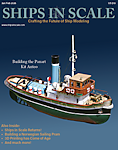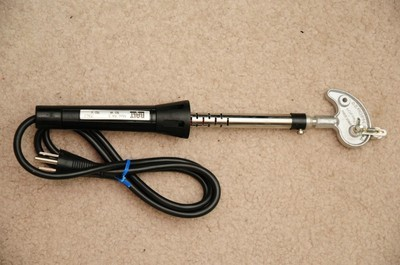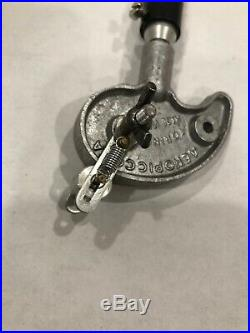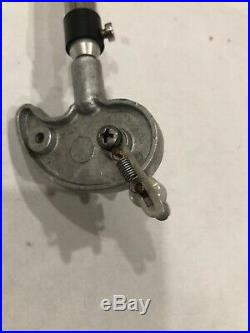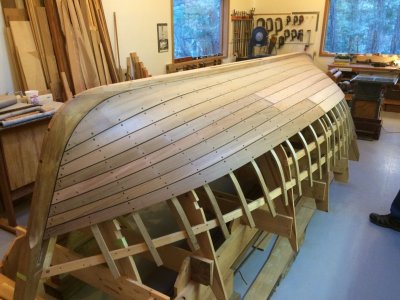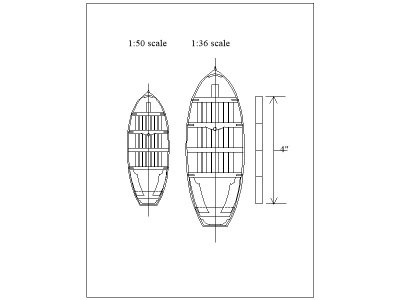Those are very good methods, indeed, however. I don't use them, anymore, because I found that bending my frames around the forms using heat tends to make for a shape more prone to staying 'set' after pulling the hull off of the mold. Not much 'spring' at all. Obviously, cling wrap and wax won't play nice with the heat. The wax melts into the wood making it impossible to get good internal glue joints, after the fact. The cling wrap just shrivels up towards the iron and makes a mess. That's just the way that 'I' do it. That doesn't mean that it is 'the' way for everyone else...
Excellent point! I never encountered that issue and never thought about it because I always pre-bend my frames off the molds "by eye" and "over-bend" them a tiny bit too tightly so that they will have a bit of tension to "spring" them against the mold when pressed into the retaining holes on the baseboard. I use an Aeropiccola bending iron rather than soaking in warm water, so with the hotter bending iron they tend to have less spring-back when bent, or so it seems. I also install my frames full-length from side to side, sometimes with a keelson to which they are attached let into a slot in the molds and then the keel laid over the inverted hull when all the frames are set up. I ended up doing it that way with a "mold release barrier" on the molds because when I first tried this framing technique, my sloppy gluing resulted in my having to bust up the hull to get it off the molds on my first attempt!


